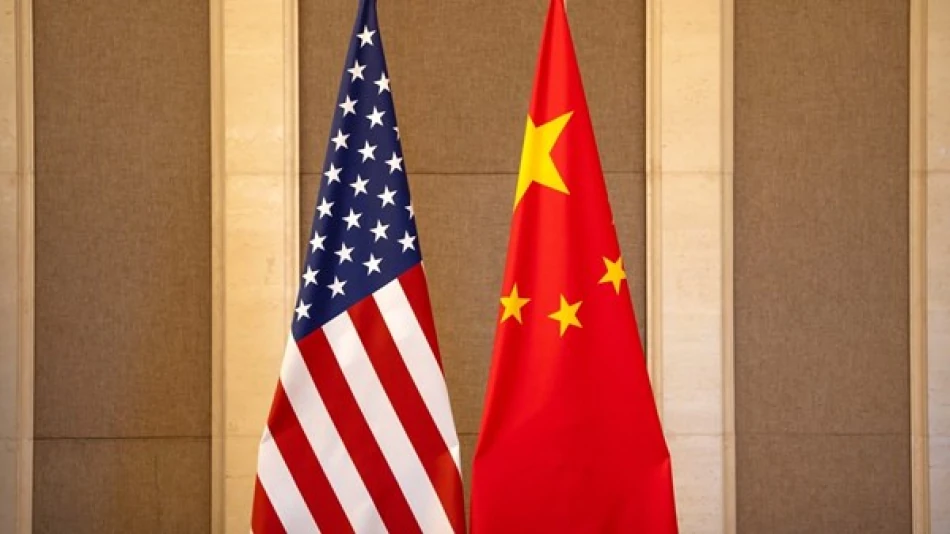
China Plans Trade Talks with America in Sweden
China's Deputy Premier to Meet US Officials in Sweden as Trade Tensions Simmer
China's Deputy Premier He Lifeng will travel to Sweden from July 27-30 for economic and trade discussions with American officials, Beijing's Commerce Ministry announced Wednesday. The neutral venue signals both nations' cautious approach to reviving dialogue amid ongoing tensions over technology restrictions, tariffs, and strategic competition.
Strategic Diplomacy Returns to Neutral Ground
The choice of Sweden as a meeting location reflects a calculated diplomatic strategy. Stockholm has historically served as a bridge between major powers, hosting sensitive negotiations during the Cold War and serving as a protective power for US interests in countries where Washington lacks diplomatic representation.
He Lifeng, who oversees China's economic policy coordination, represents Beijing's most senior economic voice in international negotiations. His participation suggests China views these talks as potentially significant for broader trade relations, rather than routine diplomatic maintenance.
Market Implications and Investor Expectations
Financial markets will closely monitor any outcomes from the Sweden meetings, particularly regarding technology transfer restrictions and agricultural trade. Previous high-level US-China economic dialogues have moved markets significantly, with even modest progress on trade disputes historically boosting investor sentiment across Asian and American exchanges.
The timing coincides with ongoing US reviews of tariff policies on Chinese goods and Beijing's efforts to stabilize its post-pandemic economic recovery. Any agreement to resume regular trade dialogue could provide much-needed predictability for multinational corporations navigating supply chain decisions.
Broader Context of US-China Economic Relations
This meeting occurs against the backdrop of the most strained US-China relationship in decades. Unlike the trade wars of 2018-2020, which focused primarily on tariffs and trade deficits, current tensions encompass technology access, military competition in the South China Sea, and competing visions for global economic governance.
The Biden administration has maintained many Trump-era trade restrictions while adding new technology export controls, particularly on semiconductors and artificial intelligence capabilities. China, meanwhile, has diversified its trade partnerships and accelerated domestic technology development to reduce dependence on American suppliers.
What Success Looks Like
Realistic outcomes from the Sweden talks likely involve procedural agreements rather than substantive policy changes. Establishing regular communication channels, scheduling future meetings, and identifying areas for technical cooperation could provide the foundation for more significant negotiations later.
Both nations face domestic political pressures that limit dramatic concessions, but economic pragmatism may drive modest progress on specific trade irritants affecting business communities in both countries.
 Layla Al Mansoori
Layla Al Mansoori







